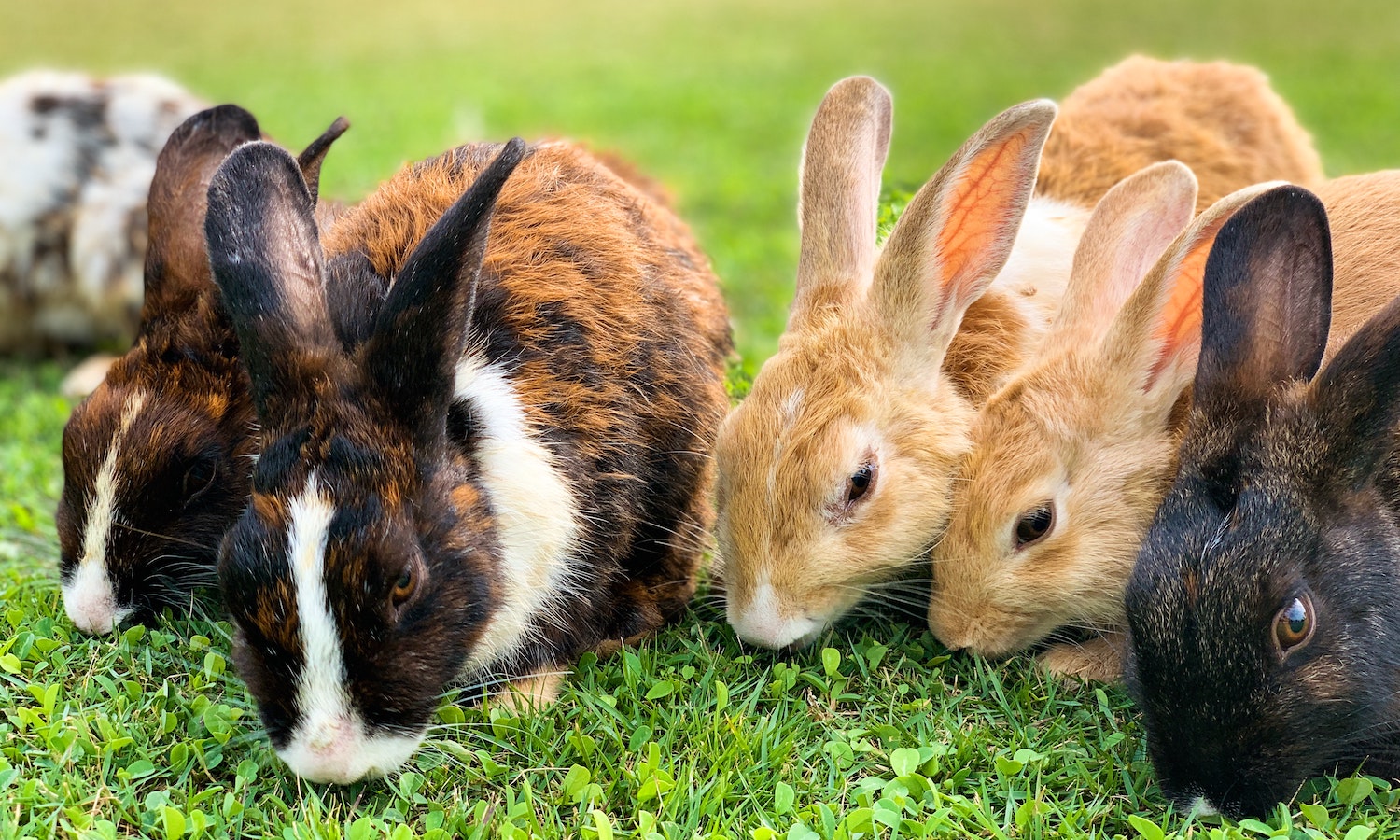Rodents and other small mammals may serve as more sustainable alternatives to industrially produced meat. But barriers including farming challenges, health and safety regulations, and cultural aversions may present challenges to scaling up consumption.
According to the U.N. Food and Agriculture Organization (FAO), commercial livestock production generates 14.5 percent of all human-caused greenhouse gas emissions. Industrial animal agriculture is also associated with issues including poor animal welfare, deforestation, and resource pollution.
But chefs and farmers are considering promising alternatives, such as rabbits. Other small rodents such as cane rats, squirrels, and guinea pigs may serve similar roles. In France, rabbit is a mainstay on restaurant menus, while in Benin, rodents including porcupines and squirrels provide a source of food security. Throughout Peru, Bolivia, and Ecuador, guinea pigs, known as cuy, are a customary ingredient in many home-cooked meals.
There is evidence that some of these animals may provide more sustainable protein options. A recent study from the IOP Conference Series journal on Earth and Environmental Science finds that rabbits emit less greenhouse gasses than other livestock. The FAO also finds that rabbits are especially efficient at converting feed into protein. In Peru, policymakers and farmers note that guinea pigs need very few resources to thrive, which avoids common animal agriculture issues of deforestation and land conversion.
Hunting invasive or overpopulated species may also offer environmental and financial benefits. Dr. Heather Eves, a professor of wildlife conservation at Virginia Tech, tells Food Tank that many African farmers hunt the cane rats in their fields. As a source of food, income, and pest control, Eves says hunting these animals “is massively important to people who are living on the margins in our world. It offers them the very basics of survival.”
Despite these animals’ popularity as food sources in some countries, they remain less common in others, including the United States. It is unknown how many of these animals Americans consume each year. The last U.S. Department of Agriculture (USDA) survey of rabbit production in 2007 finds that just under 1 million rabbits were sold for meat, compared to 167 million chickens that year. Without widespread demand, selling these animals may be a challenge for farmers.
Many who see these meats as unfamiliar or novel may also associate them with poverty, says British chef and cookbook author Valentine Warner. He tells Food Tank that choices about what to eat “come down to a very emotional level.” Foods with negative connotations may repel eaters, he says, which may stop them from making more sustainable or diverse food choices.
In the past, Warner often prepared meals featuring animals he hunted, including rabbits, deer, and small birds, emphasizing the value of “creating an environment on a plate.” But he expresses deep concerns for the pressures humans put on these animals to fulfill eaters’ needs. Warner mentions that he is now extremely selective about the way he hunts: “I’ll not lift a gun to an animal that has no other option than to cross my path.”
Production challenges may also raise barriers to increasing consumption. Eves explains that experiments in farming cane rats in West Africa have largely failed, despite attempts over several decades. She says that farmers struggle to navigate the need for training and cost of supplies. “If [farming cane rats] was profitable, feasible and sustainable, it would have taken off long ago,” she tells Food Tank.
Another challenge is the high rates of illness among farmed mammals. A recent study on rabbit farms in the European Union (EU) identified mortality rates between 25 and 30 percent.
The lack of regulations for farming these animals may also create public health risks. Eves, an expert on the bushmeat trade, notes that farming many of these animals would require them to be domesticated. “We keep mixing wildlife with domestic animals and people, and that soup creates disease,” Eves tells Food Tank. Without thorough regulations and inspections, she says, these animals can bring zoonotic diseases that lead to outbreaks like COVID-19.
“Rabbit farming practices in Europe now are as awful as chicken farming used to be in [the United Kingdom] 40 years ago,” says Warner, lamenting the large-scale industrialization of animal agriculture.
Eves also wonders how to maintain ecological health while scaling up production practices: “How do we continue to support the needs of people, but live on the landscape in a way that’s healthy for the ecology of that landscape?”
“Like everywhere, sourcing things is absolutely key,” Warner tells Food Tank, suggesting a guiding principle instead of a quick fix for eating more sustainably. Whether it’s a rat hunted for meat, or packaged rabbit legs from the supermarket, the key to eating more sustainably, Warner says, is to start respecting how one’s food reached their plate.
Articles like the one you just read are made possible through the generosity of Food Tank members. Can we please count on you to be part of our growing movement? Become a member today by clicking here.
Photo courtesy of Aswathy N, Unsplash











